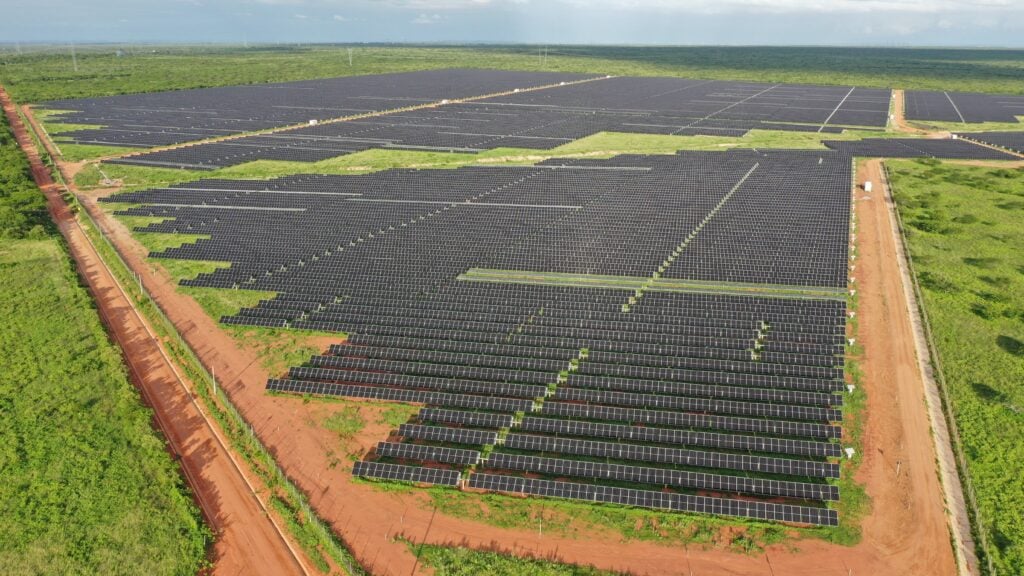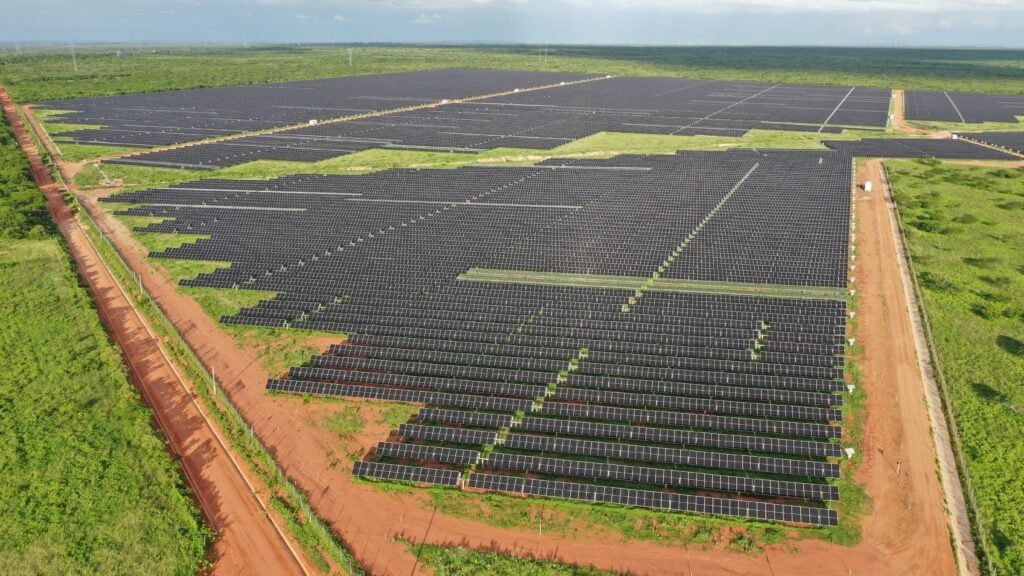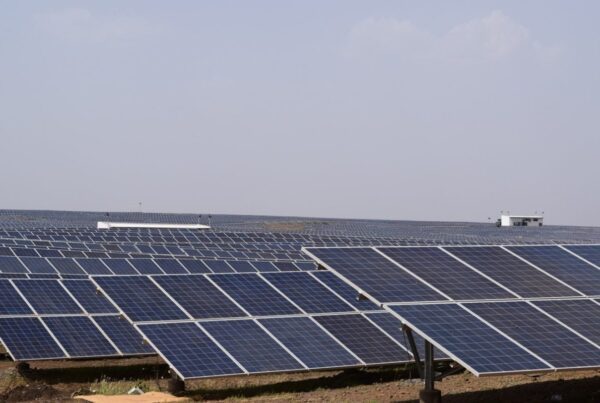
This trend could be intensified by recent political activities in Brazil, such as a proposed reform to the energy system. Currently, solar projects with a capacity of less than 300MW receive a 50% discount on costs to connect to electrical transmission and distribution systems – which has encouraged the deployment of small-scale solar projects in particular, with Wood Mackenzie expecting small-scale projects to represent 48% of total installations to 2034 – but a draft law reform would see this applied exclusively to contracts currently in effect.
“Brazil’s infrastructure development cannot keep pace with the surge in energy oversupply expected this decade, particularly during peak solar generation hours between 8am and 5pm,” said Marina Azevedo, senior power analyst for Wood Mackenzie. “Even with 11GW of new transmission capacity planned by 2029 – including the new Silvania-Graça Aranha bipolar line – curtailment rates will continue climbing exponentially.”
Concerns about available grid capacity in Brazil echo similar challenges faced across South America. Chile, another leader in the South American solar sector, saw a record 6TWh of solar and wind curtailment in 2024, and this trend is likely to continue unless grid capacity can be significantly improved in the future.
Wood Mackenzie described battery energy storage systems (BESS) as a “critical solution” for this issue, encouraging Brazil to transition to a more flexible energy mix.
“Transmission capacity additions alone will not solve the curtailment scaling problem,” said Fernando Dorand, power analyst at Wood Mackenzie. “Demand response measures and batteries will help absorb the energy oversupply from the north-east. Batteries will enable generators to convert that wasted energy into power arbitrage opportunities and reverse the profit losses they face.”





